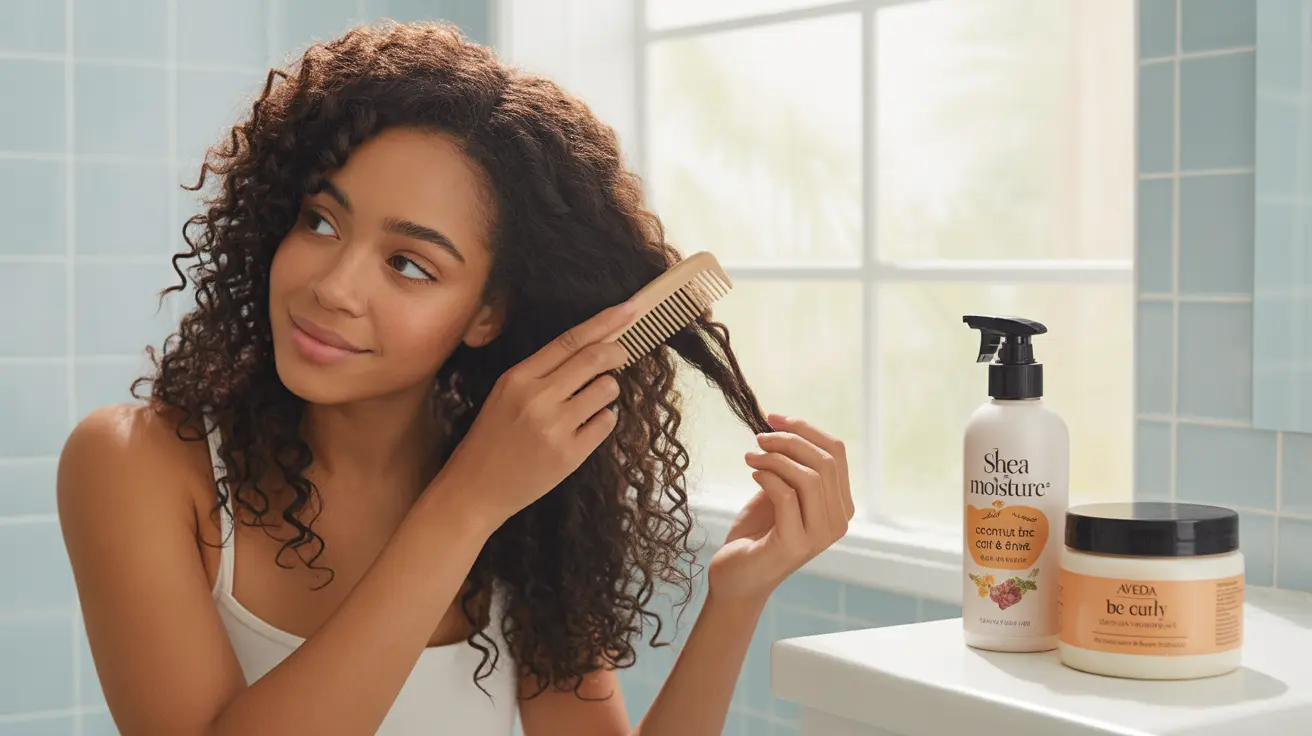Hair knots can be a frustrating and potentially damaging problem that affects people with all hair types, though they're especially common in those with curly, textured, or long hair. Understanding what causes these tangles and knowing how to properly address them is crucial for maintaining healthy, manageable hair.
Whether you're dealing with occasional tangles or persistent knots, this comprehensive guide will help you understand the root causes of hair knots and provide effective solutions for both treatment and prevention.
Common Causes of Hair Knots
Several factors contribute to the formation of hair knots:
- Friction from movement and sleeping
- Split ends and damaged hair
- Environmental factors like wind and humidity
- Hair texture and curl pattern
- Improper hair care techniques
Understanding these causes is the first step in developing an effective strategy to prevent and manage hair knots.
Safe Methods for Removing Hair Knots
When dealing with tangled hair, gentle handling is essential to prevent breakage and damage. Here's how to safely remove knots:
Start with the Right Tools
- Wide-toothed comb
- Detangling brush
- Moisturizing spray or leave-in conditioner
- Patience and gentle hands
proper Detangling Technique
Begin at the ends of your hair and work your way up gradually to the roots. This method prevents pushing knots further down the hair shaft and creating larger tangles.
Best Products for Detangling
Choosing the right products can make a significant difference in managing hair knots:
For Dry Hair
- Leave-in conditioners with slip
- Detangling sprays
- Hair oils and serums
For Curly Hair
- Deep conditioning treatments
- Moisturizing creams
- Specialized detangling products
Prevention Strategies
Preventing hair knots is easier than dealing with them after they form. Here are effective preventive measures:
Nighttime Care
- Use a silk or satin pillowcase
- Braid or twist hair before bed
- Wear a protective cap or bonnet
Daily Maintenance
- Regular conditioning
- Proper brushing technique
- Protection from wind and friction
The Role of Regular Trims
Maintaining regular trim appointments is crucial for preventing hair knots. Split ends can travel up the hair shaft, creating more opportunities for tangling. Aim to trim your hair every 8-12 weeks, depending on your hair type and growth rate.
Frequently Asked Questions
What are the main causes of knots forming in hair?
Hair knots primarily form due to friction, environmental factors, split ends, and improper hair care techniques. Curly and textured hair is particularly prone to knots due to its natural structure.
How can I safely remove hair knots without causing damage or breakage?
Start by applying a detangling product and using a wide-toothed comb. Work from the bottom up, being gentle and patient. Never forcefully pull or yank at knots, as this can cause breakage.
What products work best to detangle knots in dry or curly hair?
Leave-in conditioners, detangling sprays, and hair oils work best for dry hair. For curly hair, use products specifically formulated for your curl pattern, focusing on moisture-rich formulas.
How can I prevent hair knots from forming, especially overnight?
Use a silk or satin pillowcase, braid or twist your hair before bed, and wear a protective cap. Regular conditioning and proper detangling techniques also help prevent knot formation.
Does trimming hair regularly help reduce the occurrence of hair knots?
Yes, regular trimming helps prevent hair knots by removing split ends and damaged portions that are more likely to tangle. Aim for regular trims every 8-12 weeks.




